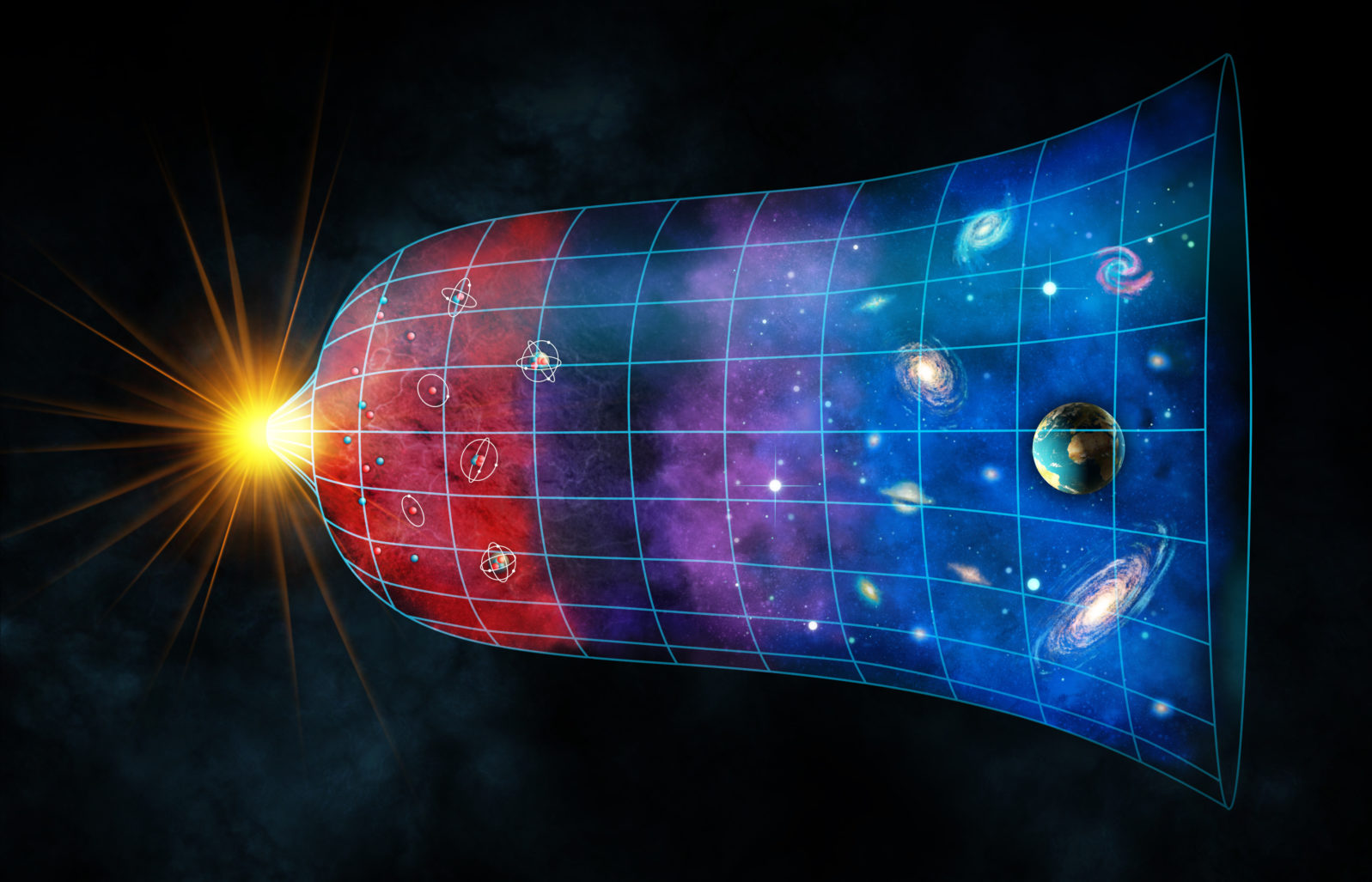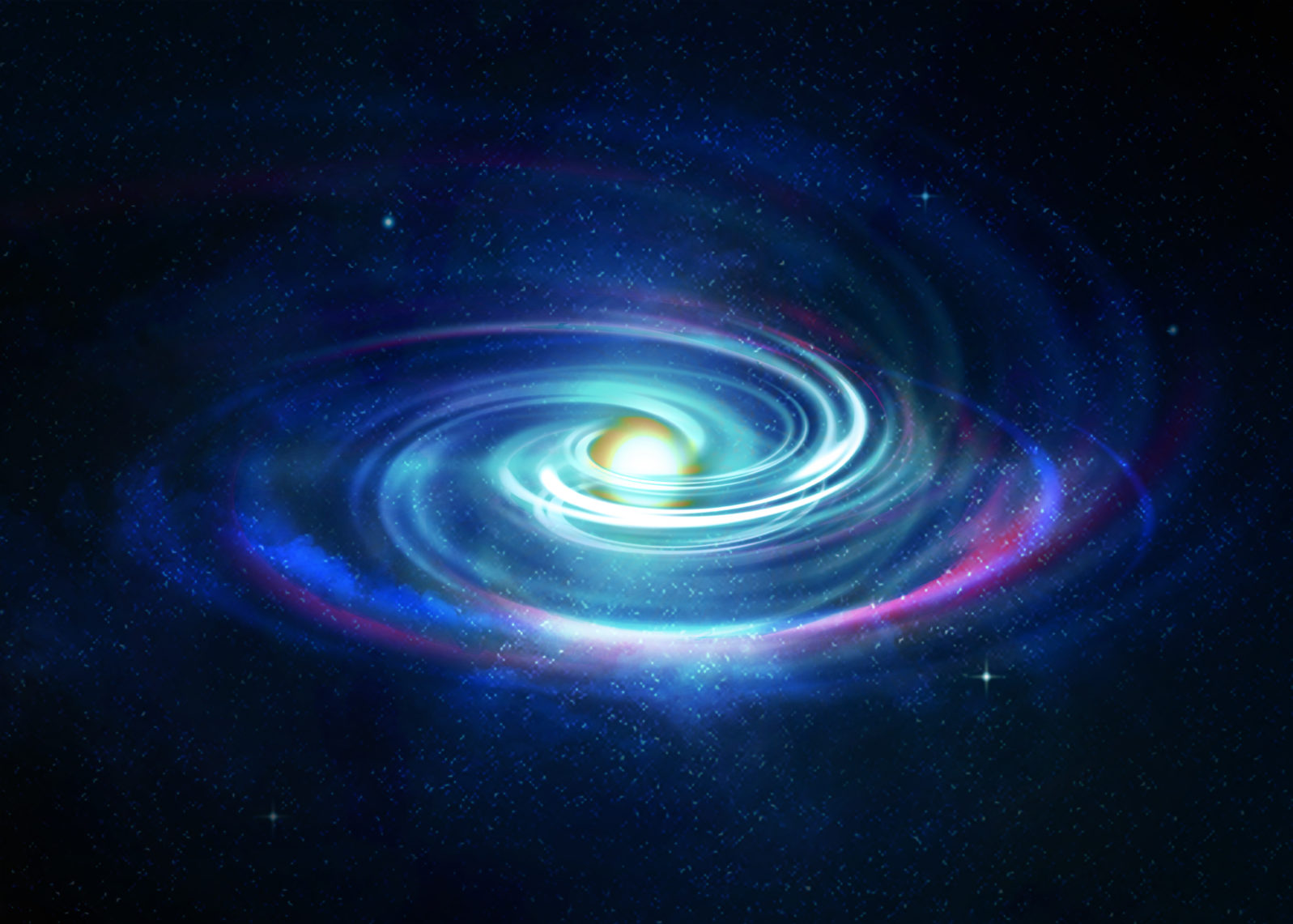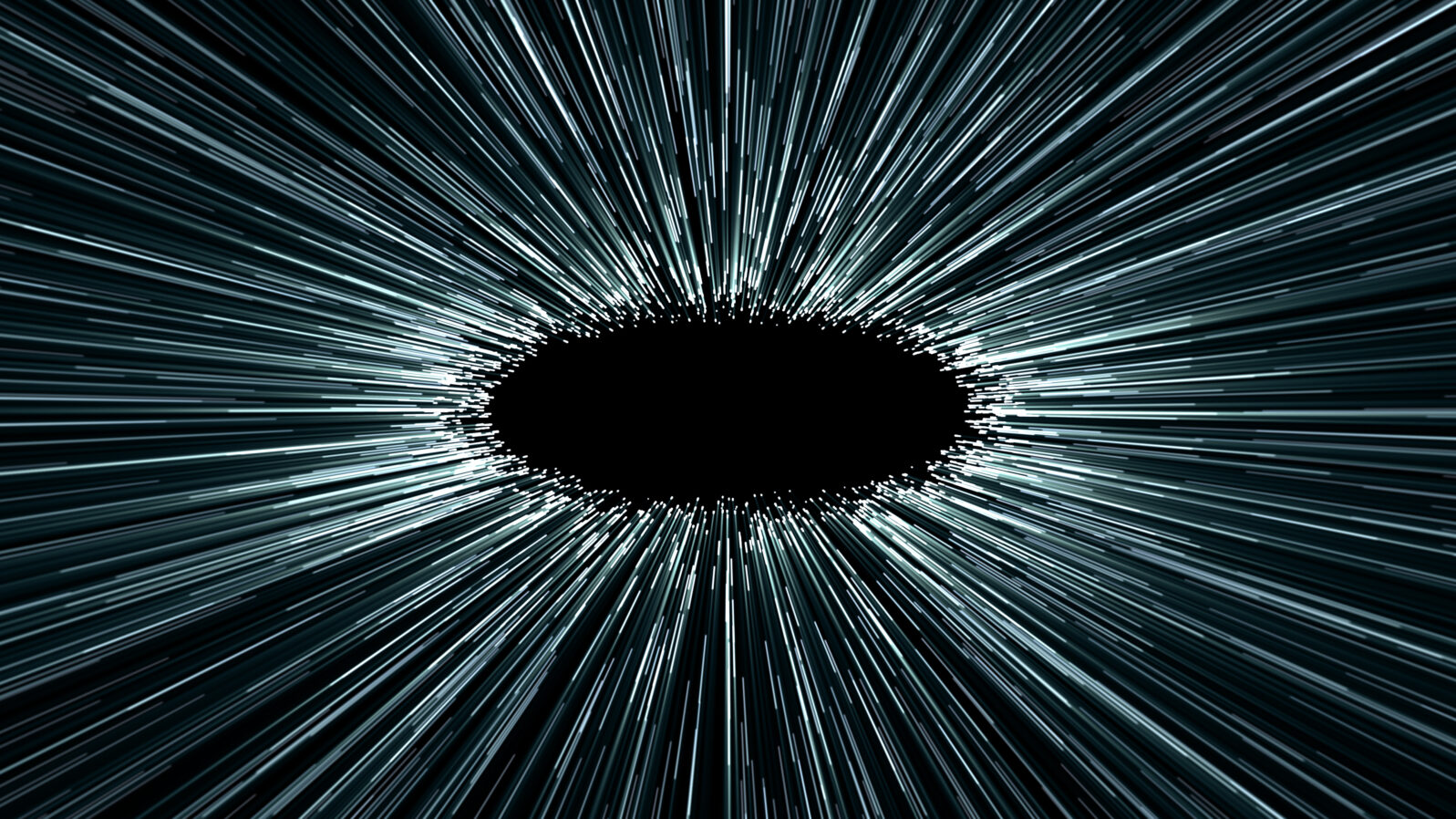The Big Bang: Last Summer, Doubt Suddenly Exploded. Why?
Why did a story that cast doubt on the Big Bang quickly go viral about a year ago? An experimental physicist offers some thoughtsEarlier this month, we learned from the National Academy of Sciences that the James Webb Space Telescope (JWST) is prompting a rethink of how galaxies form. Experimental physicist Rob Sheldon wrote to comment that “The doubts about ‘galaxy formation’ are trickling upwards into mainstream channels.” There is talk of the JWST observations as a “watershed moment,” of dark energy and dark matter failing, and … while theorists are not quite at the point yet of criticizing the Big Bang model itself, that’s certainly not as implausible now as it might have seemed a decade ago.
Many People Seem to Harbor Doubts About the Big Bang
Well, we do live in unsettled times. Roughly a year ago (August 13, 2022), I wrote a routine Sci-Fi Saturday story on worries expressed at the time that JWST would upset the Big Bang Theory. That “just think of it” sign-off story promptly went viral, amassing over a million views.

In my experience, that’s unvoiced anxiety. It probably doesn’t happen if people are not already thinking (or worrying) about the topic. But in this case, why? Here’s Sheldon’s “inside physics” take on it:
There’s been a growing uneasiness about the Big Bang model and its ‘add-ons’: dark energy, dark matter, inflation. Since the Big Bang model came together in the late 1950s and early 1960s, there’s been at least 3 levels of kludge.
– when the cosmic background microwave radiation (CMBR) was measured by COBE and then by PLANCK satellites, it was 100 times smoother than predicted, because “lumpiness” was supposed to kickstart the galaxies.
– when galaxy rotation was measured by astronomers, around early 1970s, the stars were moving too fast. They should spin out of the galaxy like kids on a playground merry-go-round. When dust and hot neutrinos were added to the models for (b) they didn’t make galaxies for (a). The kludge was to have esoteric Cold Dark Matter (CDM) with no viscosity and with dark energy to get both (a)+(b)
– when Lambda (dark energy) + CDM was added they had to be fine tuned to 1:10^(60) to get the space-time curvature “flat.” Inflation was added to the model to make this less obviously designed. (Inflation is on its 4th or 5th iteration, and doesn’t appear to be working as advertised.) When Hubble Space Telescope added a Wide Field Camera about 2009, they found a super-distant galaxy only 400 million years old, after the Big Bang. It takes about 900 million years to get a galaxy with CDM and gravity, so CDM was made “more lumpy,” but already they were pushing the limits of what gravity could do.
Now with James Webb (JWST) seeing galaxies perhaps 250 million years old, and 10 times the number of “black holes”: expected, even the CDM is not lumpy enough.
In short, the Big Bang was never as settled a truth as we had culturally supposed.
And What to Do?

Sheldon offers some thoughts,
Options are:
– double down. Add another “dark” interaction to solve the problem. By my accounting this is the third epicycle, and it may just break the bank. Detractors will simply crow that BB is a zombie and everyone knows it.
– discard some aspect of the BB—either homogeneity, anisotropy, or baryosynthesis (the mechanism that makes matter from energy). This is challenging because so much of the model has to be rebuilt that it would take a team of theorists perhaps a decade to get back to where we are presently.
– discard the BB entirely. Adopt one of the fringe theories, say, that time is eternal, and everything we see is contrived to fool us. This seems unlikely, because none of these fringe models comes even close to the predictive power of the present model. Once again, it would take a team of theorists several decades to recover the predictive power of the present model. In fact, it would take a religious war akin to the Soviet Union’s Lysenkoism to effect that kind of change.
But it has been done before.
Obviously I’m voting for (b). Introducing magnetic fields into the Big Bang changes the expansion, the anisotropy and the baryosynthesis. But it just might do the trick.
What About Cultural Impact?
If Sheldon is right, the science will go on, with a much-reduced sense of closing in on Final Secrets. But the cultural impact of doubts about the Big Bang will be significant.
The Big Bang is not a mere “That’s all there is to it!” theory of origin. It’s a past conceptual boundary for our universe — a way of pegging the history of Earth, of life, of humanity, to eras. — the Hadean, the Cambrian, the Paleolithic… We sense we know where we are in the universe’s history. Without it, our science history might seem like a hopeless time sink in which we could — at best — hope that things happen in sequence and not all jumbled together, without cause and effect.
Fluff vs. Stuff of Physics
Incidentally, Sheldon wrote back later to stress — and it bears repeating — that this sort of thing is the fluff on physics. The stuff of physics is more like this:
To get a feeling for real physics, here’s an announcement of a long collaboration to pin down the anomalous magnetic moment of a muon — an unstable heavy election that lives only 6 microseconds.
Why is everyone cheering?
They didn’t know how they were doing during the experiment, because they only measured part of the problem, and couldn’t fudge the result because they didn’t have the result. It is called “blinded,” to prevent experimenters from unconsciously pushing the results a certain direction.
After the experiment was done, they ran all the statistics and finally, at a “reveal” party, read off the number.
The number showed agreement with the previous year’s effort, but with twice the precision. (good)
The number showed disagreement with the theoretical result by 5 sigma (also good). It puts the theorists in their place. It means that perhaps something new will come out of their effort.
But get this, both theory and experiment agree to 8 decimal places. They’re excited because it differs in the 9th decimal place.
That’s what real physics looks like—in contrast to all the sci-fi out there.
That’s a useful reminder on Sci-Fi Saturday. Science isn’t usually about Boldly go or Contact! It’s more likely to be a decade-long fuss over the ninth decimal place of the muon or any one of a thousand other data points — and we can’t even know which answers are important until we get a lot of them right. And even then… and even then…
—
You may also wish to read: Astrophysicist: Webb finds may bring “revolutionary changes.” It doesn’t disprove the Big Bang, says Brian Koberlein… but read the fine print. Fermilab’s Don Lincoln gets the religious implications all wrong. Theoretical physicist Sabine Hossenfelder thinks we don’t know what happened and never will — and that the Big Bang is a “creation myth” in the language of math.
